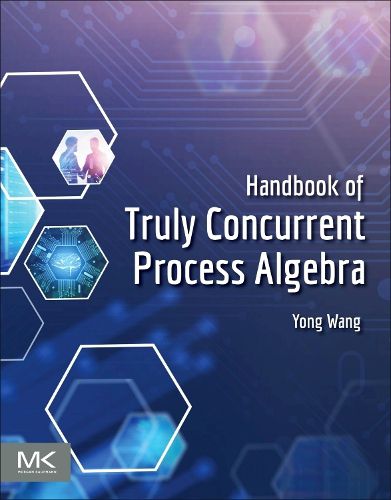Readings Newsletter
Become a Readings Member to make your shopping experience even easier.
Sign in or sign up for free!
You’re not far away from qualifying for FREE standard shipping within Australia
You’ve qualified for FREE standard shipping within Australia
The cart is loading…






Handbook of Truly Concurrent Process Algebra provides readers with a detailed and in-depth explanation of the algebra used for concurrent computing. This complete handbook is divided into five Parts: Algebraic Theory for Reversible Computing, Probabilistic Process Algebra for True Concurrency, Actors - A Process Algebra-Based Approach, Secure Process Algebra, and Verification of Patterns. The author demonstrates actor models which are captured using the following characteristics: Concurrency, Asynchrony, Uniqueness, Concentration, Communication Dependency, Abstraction, and Persistence. Every pattern is detailed according to a regular format to be understood and utilized easily, which includes introduction to a pattern and its verifications.
Patterns of the vertical domains are also provided, including the domains of networked objects and resource management. To help readers develop and implement the software patterns scientifically, the pattern languages are also presented.
$9.00 standard shipping within Australia
FREE standard shipping within Australia for orders over $100.00
Express & International shipping calculated at checkout
Handbook of Truly Concurrent Process Algebra provides readers with a detailed and in-depth explanation of the algebra used for concurrent computing. This complete handbook is divided into five Parts: Algebraic Theory for Reversible Computing, Probabilistic Process Algebra for True Concurrency, Actors - A Process Algebra-Based Approach, Secure Process Algebra, and Verification of Patterns. The author demonstrates actor models which are captured using the following characteristics: Concurrency, Asynchrony, Uniqueness, Concentration, Communication Dependency, Abstraction, and Persistence. Every pattern is detailed according to a regular format to be understood and utilized easily, which includes introduction to a pattern and its verifications.
Patterns of the vertical domains are also provided, including the domains of networked objects and resource management. To help readers develop and implement the software patterns scientifically, the pattern languages are also presented.